The Mongolian leader Genghis Khan was known to have fathered many children with different women.
One study suggests that up to 10 other men in Asian history have rivaled the procreative prowess of Khan. Unfortunately, except for this one ruler, we don’t know the names of any of the other suspects.
A study in 2003 found that up to 16 million men, half a percent of the world’s male population, were genetic descendants of Genghis Khan.
Even more astounding was that up to 8 percent of men living within the former area of the Mongol empire have Y chromosomes related to that royal line. The line of descent goes back around 1,000 years.
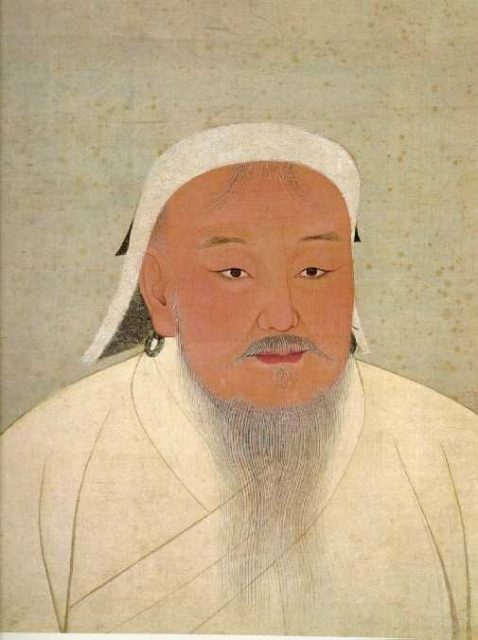
Genghis Khan
Only the men are counted in this study because of its dependence on the Y chromosome for lineage analysis.
The Mongol Empire at its peak ruled a vast area from China to Iran, and parts of Russia extending into Europe. Only the size of the later British Empire eclipsed it.

Genghis Khan and Toghrul Khan, illustration from a 15th-century Jami’ al-tawarikh manuscript
The genetic findings are seen by researchers as proof of the influence that an individual with many offspring can have on a species. It is also known as sex-based natural selection.
Genghis Khan was born around 1162 in Mongolia. He first married at age 16 but took many other wives and mistresses during his lifetime. Khan’s first wife, Borte, gave birth to four sons who became heirs to the dynasty.
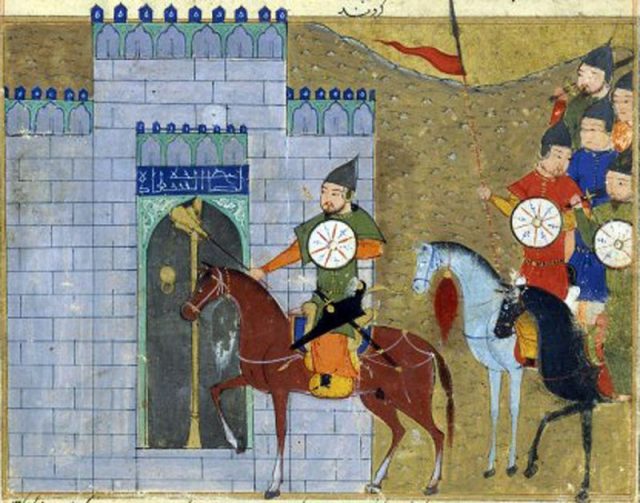
Genghis Khan entering Beijing
Under Genghis Khan, the Mongol army aggressively expanded through Asia. With massive armies at their disposal, the Mongols experienced success under Khan, attributed to the rapid movements of cavalrymen during battle.
Tactics employed by Genghis Khan and his army were brutal. Each time a new city was conquered, large segments of the population, both human and animal, were slaughtered.
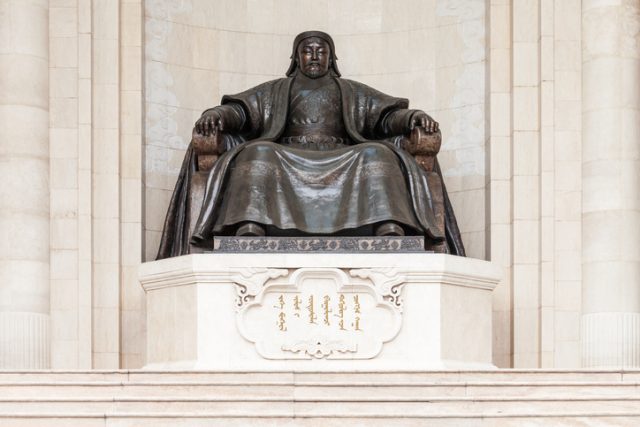
Genghis Khan statue at Chinggis Square (Sukhbaatar Square) in Ulaanbaatar, Mongolia
Survivors were subjected to pillage and rape. Some were used as human shields in front of the Mongol army during subsequent attacks.
After conquering a territory, Genghis Khan would get the first pick of women to add to his harem. Some estimates suggest he impregnated over 1,000 different women.
But it’s unknown how many children he fathered. Khan died in 1227, possibly from fatigue or respiratory disease.
The heirs to Genghis Khan were also prolific. One of his children was thought to have had 40 sons of his own by wives and concubines, with an unknown number of children from many other women.
These children of Khan having had many more children helped to expand his genetic legacy across the continent.
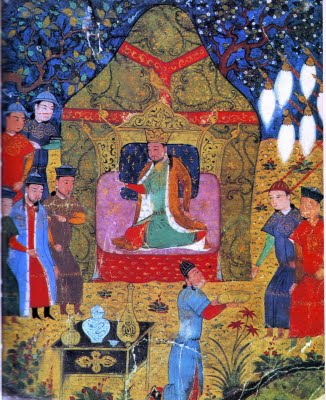
Genghis Khan proclaimed Khagan of all Mongols. Illustration from a 15th-century Jami’ al-tawarikh manuscript.
Another historically prolific father was a ruler of the Ming Dynasty in China named Giocannga. His modern-day genetic offspring are estimated at 1.5 million men in modern northern China.
Giocannga died in 1583. Like Genghis Khan, he also had numerous wives and concubines who gave birth. Giocannga’s legacy lived on as his grandson would establish the Qing Dynasty that ruled China between 1644 and 1912.
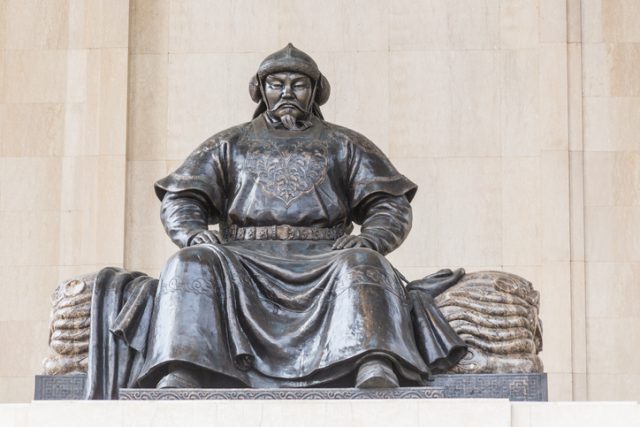
Genghis Khan monument in Ulaanbatar, Mongolia, in front of the parliament.
The other men with multiple descendants are still a mystery. They are all believed to have originated in regions located from the Middle East to Southeast Asia and lived earlier than Khan or Giocannga, between 2100 BC and 1100 AD.

The world’s largest equestrian statue. The leader of Mongolia, Genghis Khan.
Of the sample of 5,000 men tested in this genetic study, 37.8 percent belonged to one of these other male lineages. Encompassing the entire population of Asia, that would mean that around 830 million men owe their Y-chromosomes to one of these men.
One possible theory on who they were is that these men may have been less powerful rulers who governed mini-empires along the famous Silk Road trade routes. These trading cities were important for commerce between the various empires and kingdoms.

Statue at the Mausoleum of Genghis Khan, Xinjie Town, Inner Mongolia: a memorial built in 1954 to commemorate the ancient ruler
The high reproductive success of these rulers is attributed to high social status, a greater number of wives, and lower offspring mortality.
The increasing use of horses for transportation also allowed for transmission of their genes to widespread locations.
The only way to discover the identities of the anonymous fathers would be to find burial remains and extract their DNA. That is unlikely to ever happen. Even the tomb of Genghis Khan is unknown, despite attempts to discover it.
